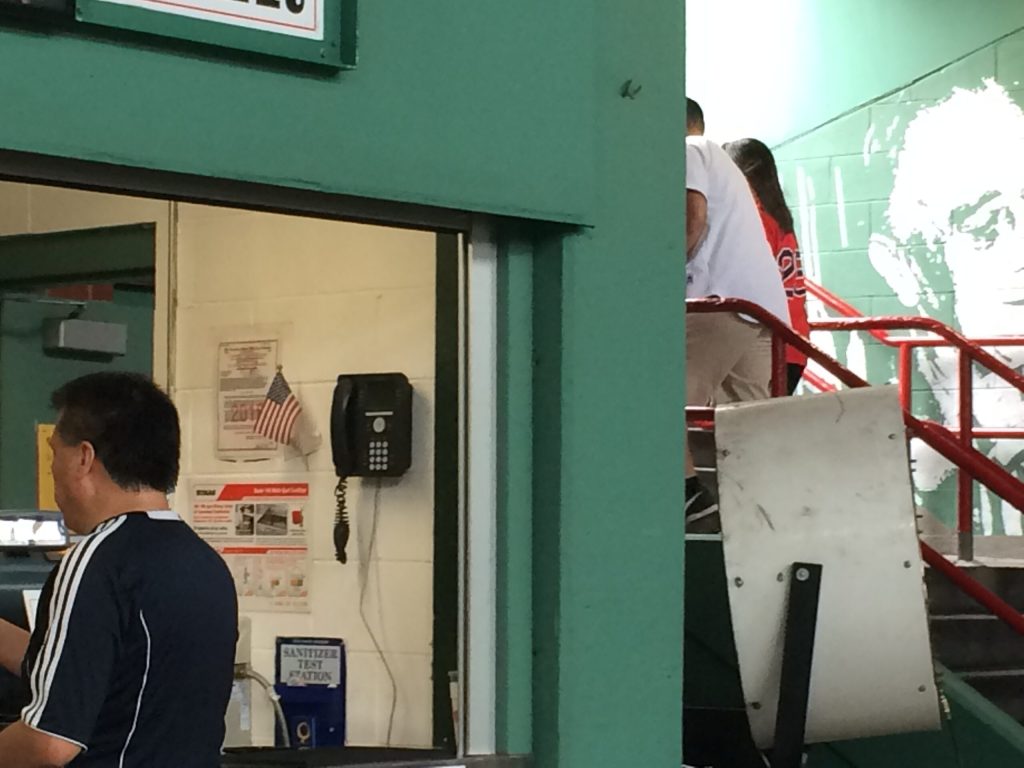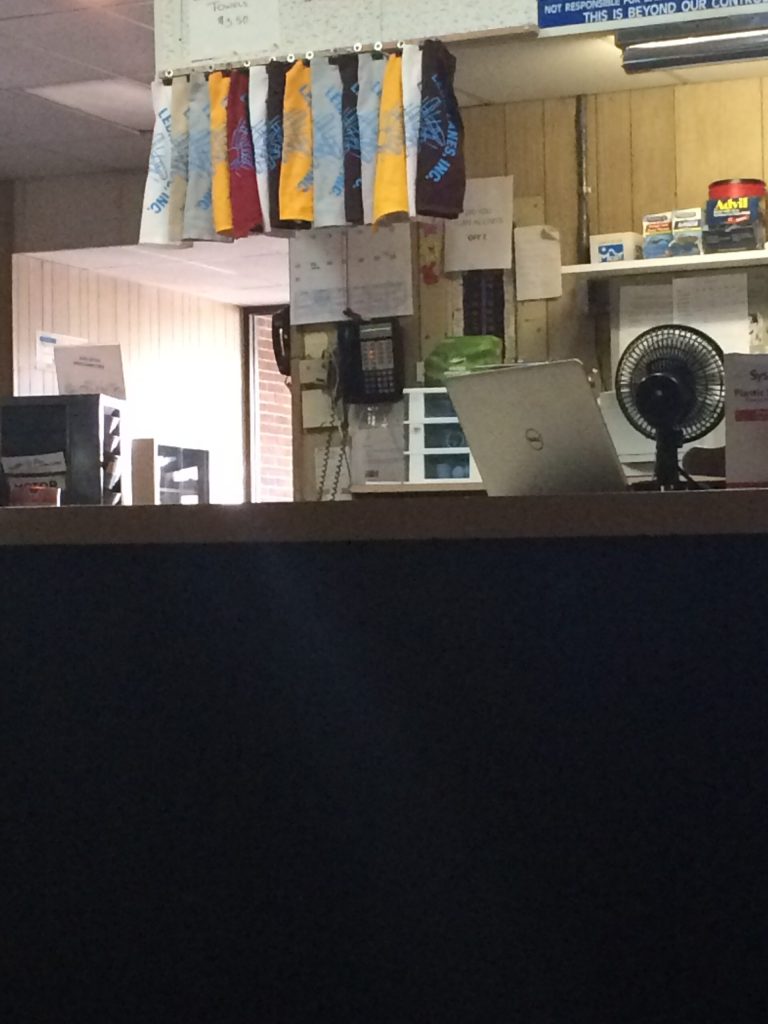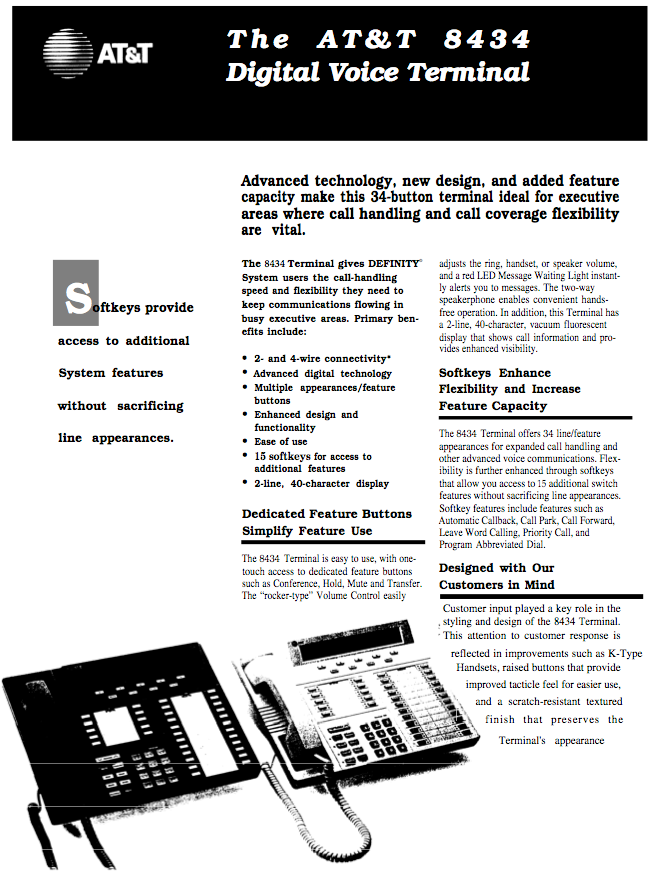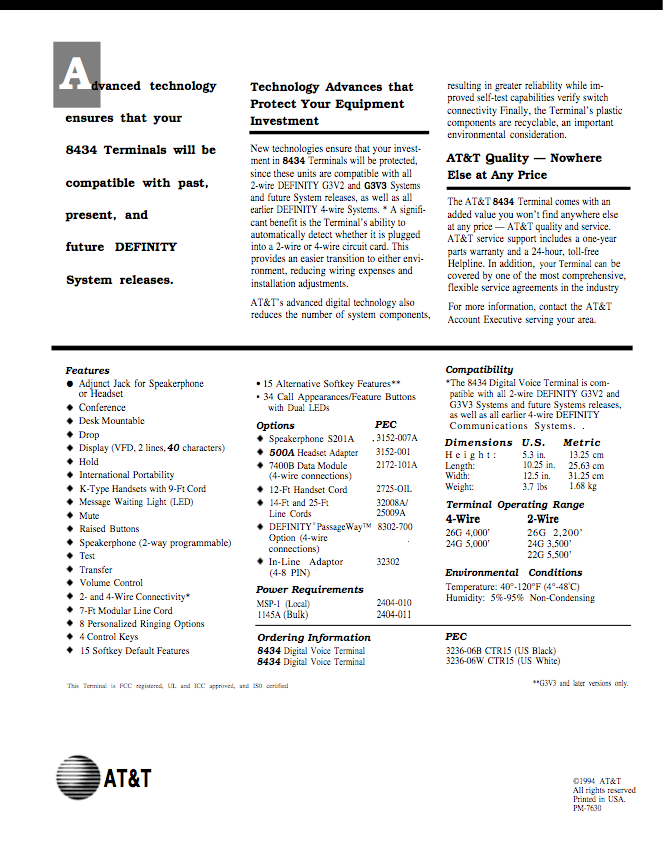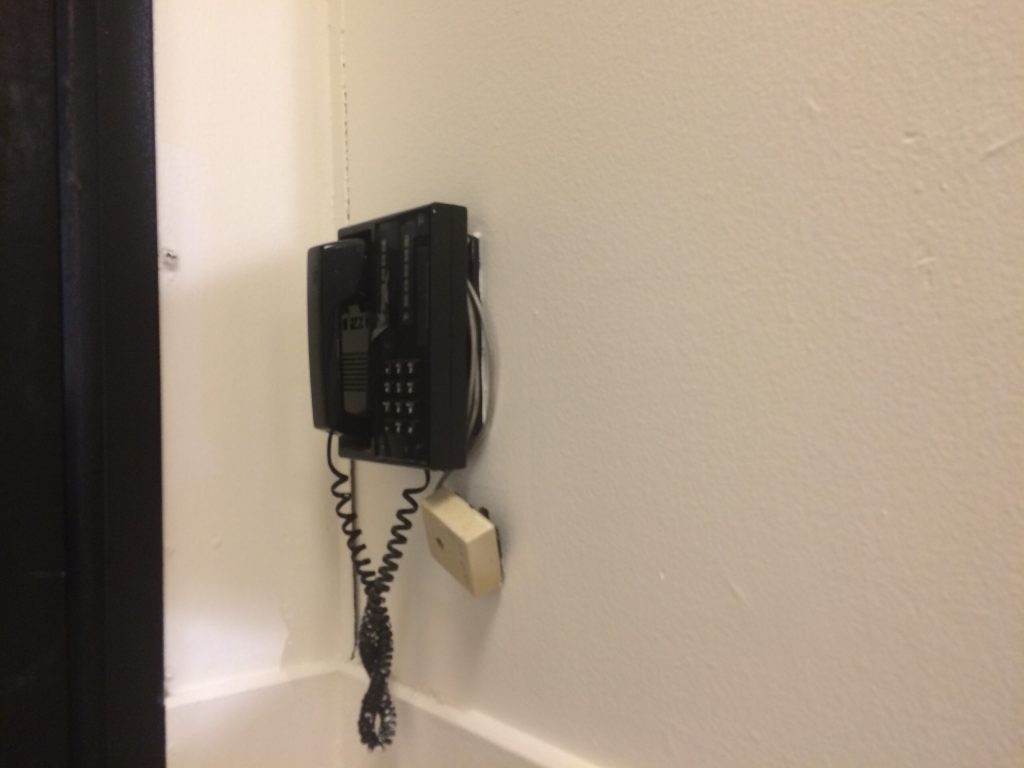Today’s Phone of the Day features a [Newer Generation] ahem “Euro Series II” Partner 6D set of a place where I spend a couple days a week with some people who help me get through my life.
I have not referred this to “Euro” or “Euro Series II” because those were obscenely bad greymarket rumors spread like motherfrecin wildfire on eBay in the early 2000s (“Euro”) and the 46xx like models in 2005 (“Euro Series II”.) I am the last to defend Avaya currently, but they would frown upon infringing the brand of the phone system. While it was common folklore that it was European inspired when AT&T did the design in 1994/1995, it’s never been officially confirmed by Avaya or it’s decedents. And yes you read that right “AT&T”. This model was released about 1995, over a year before the Lucent spinoff. Some sites like my old town’s library before to moving out in 2010 had these Euro series sets but with the AT&T brand. So people, PLEASE do not call these sets like this one “Series II”. You’re spreading lies and misinformation!



